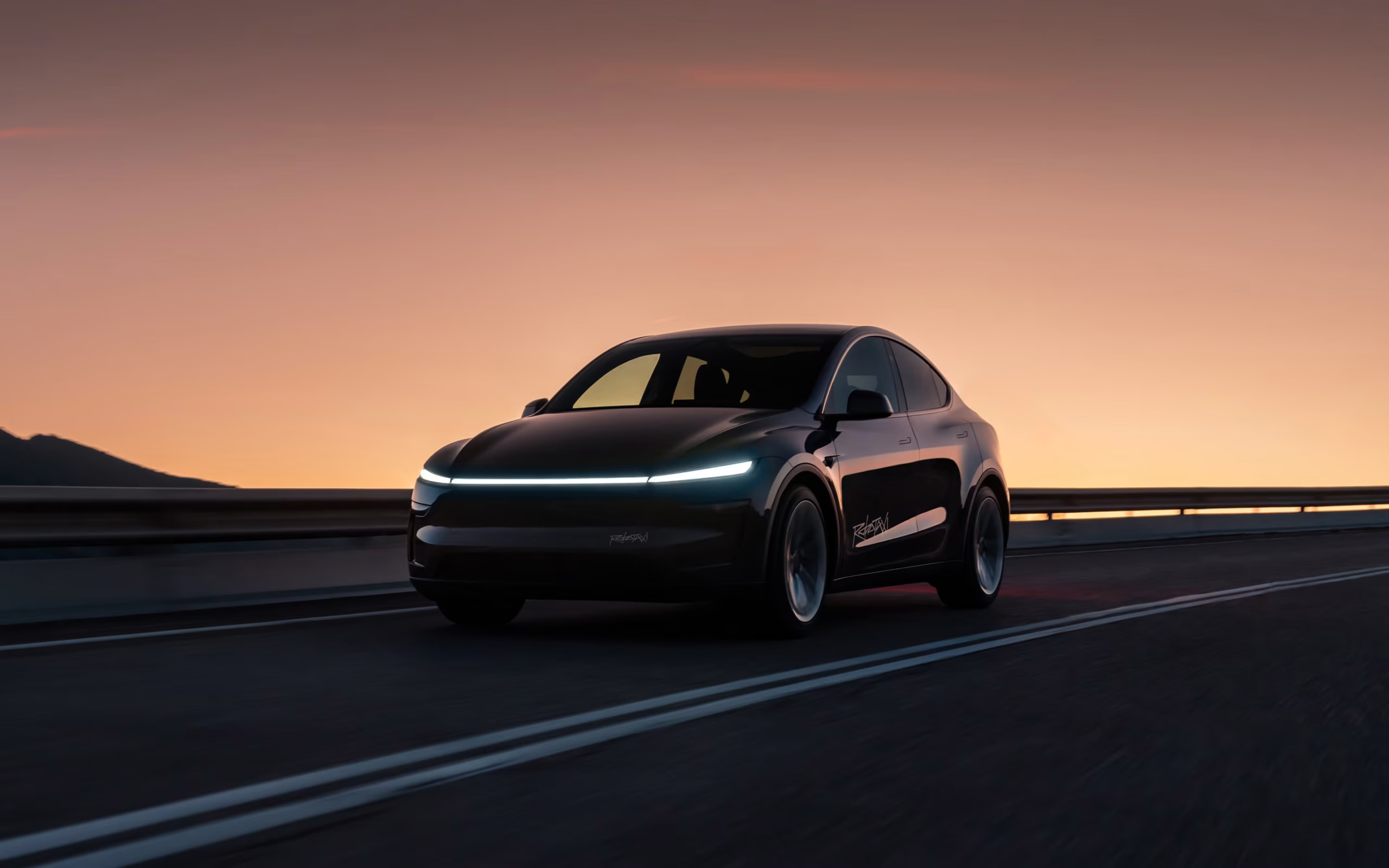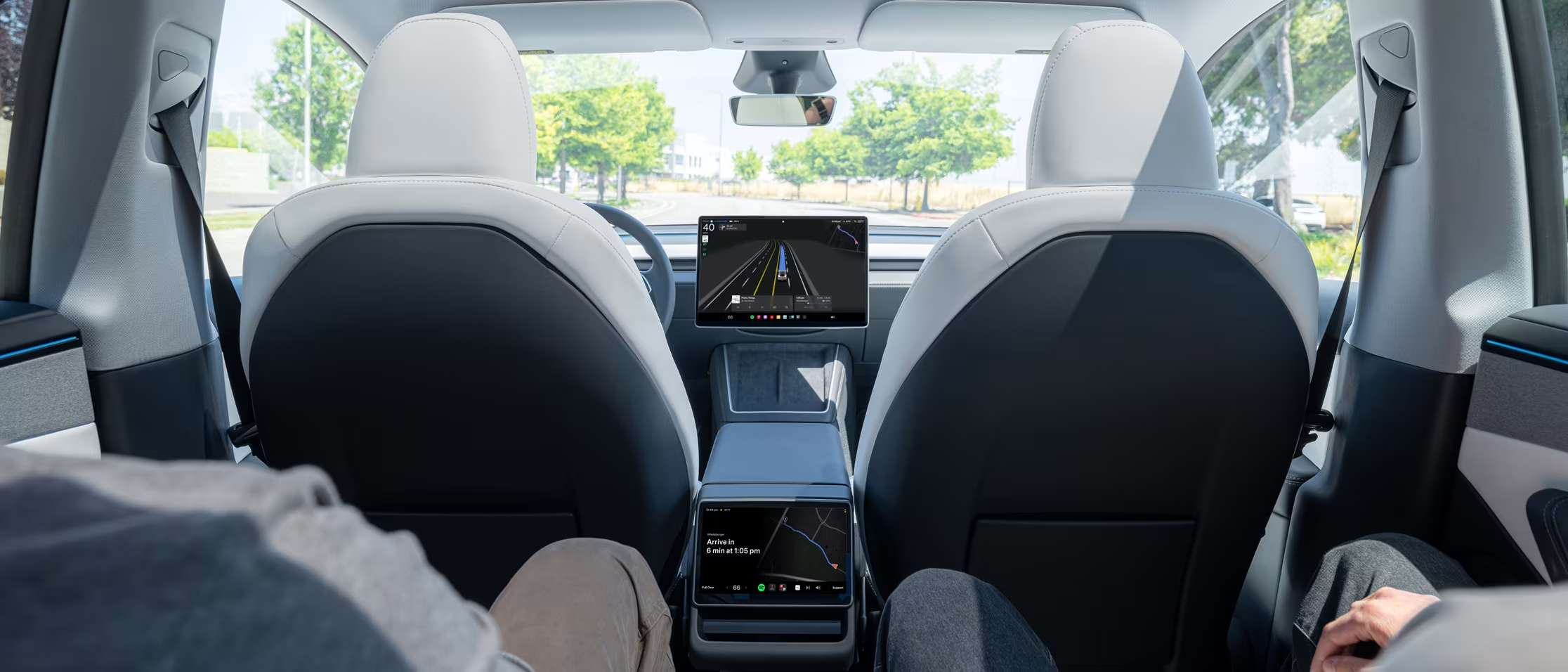The Great Lidar Debate: Tesla vs. Waymo
On June 22, 2025, Tesla launched its much-anticipated Robotaxi service in Austin, Texas, marking a pivotal moment in its quest for fully autonomous driving. The event, celebrated by CEO Elon Musk as a “culmination of a decade of hard work,” saw 10 to 20 driverless Model Y vehicles hit the streets, guided by Tesla’s Full Self-Driving (FSD) software, which relies solely on cameras and radar.
However, the launch was marred by reports of erratic behavior, including vehicles driving on the wrong side of the road, stopping abruptly in traffic, and dropping passengers in intersections.
These incidents have sparked a heated debate about Tesla’s vision-only approach, especially when compared to competitors like Waymo, who leverage Lidar technology for superior precision. This article explores the pros and cons of Tesla’s strategy, contrasts it with Waymo’s Lidar-driven success, examines the falling costs of solid-state Lidar, and considers how Tesla’s broader AI ventures intertwine with its autonomous driving ambitions.

Tesla’s Robotaxi Launch: A Bumpy Start
Tesla’s Robotaxi debut was a limited, invite-only trial in Austin, featuring a small fleet of Model Y vehicles operating under human supervision.
Priced at $4.20 per ride—a nod to Musk’s penchant for playful branding—the service initially generated excitement, with Tesla’s stock rising nearly 10% the following day. Social media influencers, many with ties to Tesla, shared videos praising the experience, with one analyst, Dan Ives, calling it “the future” after two 15-minute rides.
However, the launch quickly faced scrutiny. Videos revealed a series of concerning errors:
Traffic Violations: Vehicles were recorded Ascending into oncoming lanes and speeding in a 15 mph zone.
Operational Failures: Cars stopped in intersections, braked suddenly on busy streets, and failed to detect obstacles like a reversing UPS truck.
Safety Interventions: Human monitors had to intervene multiple times to prevent accidents, such as when a vehicle ran over a curb or stopped in the middle of the road.
These incidents prompted the NHTSA to request information from Tesla, signaling potential regulatory hurdles. The agency stated it would “take any necessary actions to protect road safety,” highlighting the stakes for Tesla’s ambitious project. The Guardian

Waymo’s Success with Lidar
Waymo, a subsidiary of Alphabet, has set the gold standard for autonomous driving, operating fully driverless vehicles in cities like Phoenix and San Francisco since 2017.
Its success is largely attributed to its sophisticated sensor suite, which includes Lidar, cameras, and radar. Lidar, or Light Detection and Ranging, uses laser pulses to create precise 3D maps of a vehicle’s surroundings, offering:
High Accuracy: Lidar measures distances with pinpoint precision, crucial for detecting and avoiding obstacles.
Robust Performance: It excels in low-light conditions and adverse weather like fog or rain, unlike camera-based systems.
Comprehensive Coverage: Waymo’s vehicles, such as its Jaguar I-Pace SUVs, use multiple Lidar sensors for a 360-degree view, detecting objects up to 300 meters away.
Waymo’s fifth- and sixth-generation systems have scaled to dense urban environments, with plans to add 2,000 more vehicles by 2026. Its partnership with Uber in Atlanta and expansion plans in Europe and the Middle East underscore its lead over Tesla, which is nearly a decade behind in deploying fully autonomous services. Waymo
The Cost of Lidar: Then and Now
Tesla’s Robotaxi Launch: A Bumpy Start
Tesla’s robotaxi debut was a limited, invite-only trial in Austin, featuring a small fleet of Model Y vehicles operating under human supervision. Priced at $4.20 per ride—a nod to Musk’s penchant for playful branding—the service initially generated excitement, with Tesla’s stock rising nearly 10% the following day. Social media influencers, many with ties to Tesla, shared videos praising the experience, with one analyst, Dan Ives, calling it “the future” after two 15-minute rides.
However, the launch quickly faced scrutiny. Videos revealed a series of concerning errors:
- Traffic Violations: Vehicles were recorded Ascending into oncoming lanes and speeding in a 15 mph zone.
- Operational Failures: Cars stopped in intersections, braked suddenly on busy streets, and failed to detect obstacles like a reversing UPS truck.
- Safety Interventions: Human monitors had to intervene multiple times to prevent accidents, such as when a vehicle ran over a curb or stopped in the middle of the road.
These incidents prompted the NHTSA to request information from Tesla, signaling potential regulatory hurdles. The agency stated it would “take any necessary actions to protect road safety,” highlighting the stakes for Tesla’s ambitious project. The Guardian
Waymo’s Success with Lidar
Waymo, a subsidiary of Alphabet, has set the gold standard for autonomous driving, operating fully driverless vehicles in cities like Phoenix and San Francisco since 2017. Its success is largely attributed to its sophisticated sensor suite, which includes Lidar, cameras, and radar. Lidar, or Light Detection and Ranging, uses laser pulses to create precise 3D maps of a vehicle’s surroundings, offering:
- High Accuracy: Lidar measures distances with pinpoint precision, crucial for detecting and avoiding obstacles.
- Robust Performance: It excels in low-light conditions and adverse weather like fog or rain, unlike camera-based systems.
- Comprehensive Coverage: Waymo’s vehicles, such as its Jaguar I-Pace SUVs, use multiple Lidar sensors for a 360-degree view, detecting objects up to 300 meters away.
Waymo’s fifth- and sixth-generation systems have scaled to dense urban environments, with plans to add 2,000 more vehicles by 2026. Its partnership with Uber in Atlanta and expansion plans in Europe and the Middle East underscore its lead over Tesla, which is nearly a decade behind in deploying fully autonomous services. Waymo
The Cost of Lidar: Then and Now
Historically, Lidar’s high cost—up to $75,000 per unit—has been a key argument against its use, as Musk has repeatedly emphasized. However, advancements in solid-state Lidar, which uses fewer moving parts for greater reliability and smaller size, have slashed costs. Companies like Innoviz and Velodyne are driving this trend, with some predicting prices could drop below $100 per unit in mass production. For instance:
- InnovizTwo: Offers high-performance Lidar at hundreds of dollars per unit, a significant reduction from earlier models.
- Velodyne’s VeloBit: Targets costs under $500 for automotive applications, with Ford as a key customer.
These developments challenge Tesla’s cost-based objections, making Lidar increasingly viable for widespread adoption in autonomous vehicles. All About Circuits
Elon Musk’s Vision: Cameras Over Lidar
Elon Musk has been a vocal critic of Lidar, calling it a “fool’s errand” and “freaking stupid” in 2019 and 2020, arguing that cameras and advanced AI can replicate human vision for driving. Tesla’s FSD system relies on a network of cameras, radar, and ultrasonic sensors, avoiding the complexity and cost of Lidar. Musk’s philosophy, echoed by former Tesla AI head Andrej Karpathy, emphasizes simplicity: “The best part is no part.”
Yet, recent reports reveal Tesla has purchased over $2 million in Lidar sensors from Luminar in 2024, primarily for ground-truth validation to ensure its vision system accurately interprets depth and distance. This apparent contradiction suggests Tesla acknowledges Lidar’s utility, even if it avoids using it in production vehicles. Reuters
Pros and Cons: Vision-Only vs. Lidar-Based Systems
The debate between Tesla’s vision-only approach and Lidar-based systems like Waymo’s hinges on trade-offs:
Experts like Greg McGuire from MCity argue that all sensors are “crutches” to some extent, but many believe Lidar’s precision is critical for full autonomy, especially in complex urban settings. Ars Technica
Safety Concerns and Regulatory Scrutiny
Tesla’s robotaxi mishaps have amplified safety concerns, particularly given its history of accidents linked to Autopilot and FSD systems. The NHTSA’s swift response to the Austin launch underscores the need for rigorous testing. In contrast, Waymo’s longer testing history—starting in 2009—and millions of autonomous miles driven have resulted in a stronger safety record, bolstered by Lidar’s reliability. Regulatory pressure could delay Tesla’s expansion if safety issues persist, especially as competitors like Waymo operate in a more established regulatory framework. The Guardian
Tesla’s AI Ventures and Interconnections
Tesla’s autonomous driving efforts are part of a broader AI ecosystem, including:
- Dojo Supercomputer: Designed to train neural networks, enhancing FSD’s capabilities and potentially benefiting other projects.
- Optimus Robot: A humanoid robot that could leverage computer vision advancements from FSD.
- Energy and Storage: AI-driven battery management and grid optimization complement Tesla’s mobility goals.
These interconnected ventures position Tesla as a technology leader, not just an automaker. The robotaxi launch, despite its flaws, briefly boosted Tesla’s stock by 10%, though it’s down 15% year-to-date in 2025 amid global sales declines (e.g., 15% drop in China, 36.2% in Germany). Success in autonomy could restore investor confidence, reinforcing Tesla’s $990 billion market cap as the world’s most valuable automaker. Carbon Credits
Conclusion
Tesla’s robotaxi launch is a bold but flawed step toward a driverless future. While its vision-only approach offers cost and scalability advantages, the Austin trial’s errors highlight its limitations compared to Waymo’s Lidar-driven precision. As solid-state Lidar becomes cheaper, Tesla’s resistance to it may wane, especially given its own use of Lidar for testing. The interplay of Tesla’s AI ventures could drive innovation, but safety and regulatory challenges loom large. The autonomous driving race is far from over, and a hybrid approach combining vision and Lidar may ultimately define the path to safe, reliable robotaxis.
